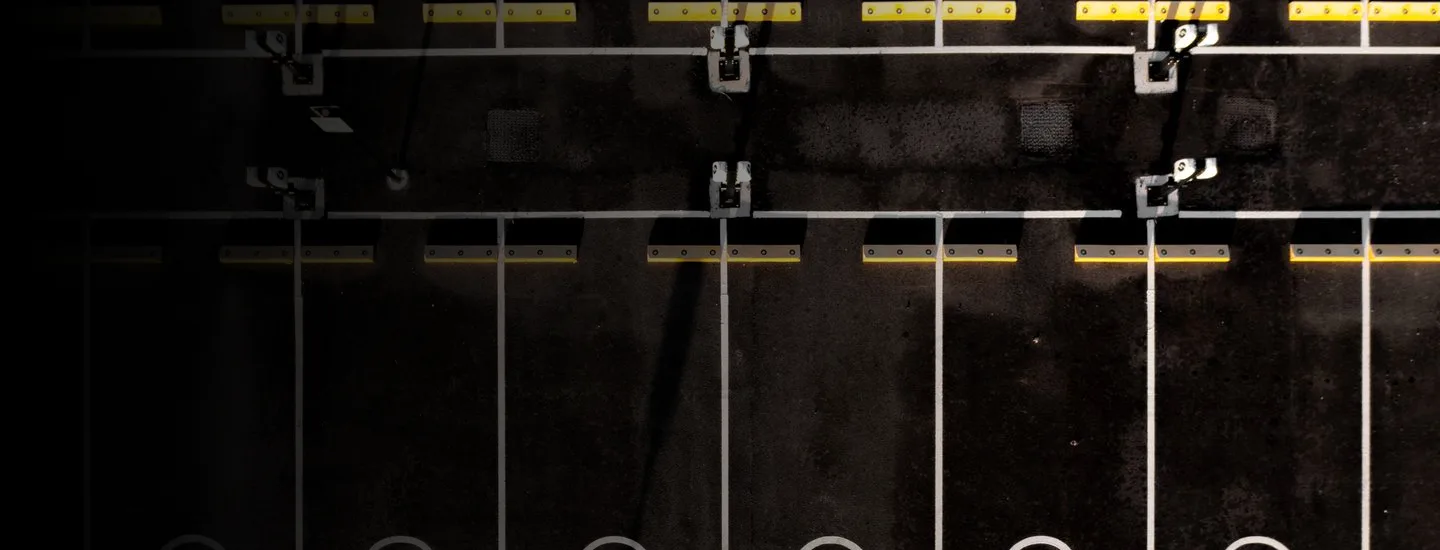Automotive electrification will play a huge role in long term global energy transition. On the route to a global tipping point, there will be winners and losers - from parts manufacturing to infrastructure development to sales and marketing. What does the latest data on consumer adoption tell us about the road ahead, and how should automakers, automotive suppliers, new entrants in mobility, regulators and governments respond? Given the regionality of traditional car manufacturing, how should we understand and prepare for the shift to electric in terms of a 'just transition'?
Fiona Howarth, CEO, Octopus EV and Jens Wiese, Head of Group M&A, Investment Advisory and Partnerships, Volkswagen AG joined me this month for a fascinating discussion at our latest AlixPartners ThinkIn, in which a number of insights emerged, which you can listen to in full above.
Firstly, it’s clear that, despite the pandemic, 2021 was an inflection point for the electric vehicle market. Our analysis has found that in the last three years the sales of electric vehicles have more than doubled worldwide, which may signal the beginning of mass adoption for EVs. However, it's also clear that moving towards a fully electric value chain will leave some on top, and others behind.
Our panelists and guests were mostly in agreement on where the forks in the road lie for the EV industry, and the barriers for EV adoption for consumers continue to be charging infrastructure, battery range/technology/supply, and price.
1. Charging infrastructure:
The responsibility to drive adoption sits with both automakers and governments. A successful story in Norway has been heavily underpinned by tax incentives to drive up affordability, in combination with a well thought out charging infrastructure. Dundee in Scotland has also shown how focused investment in infrastructure can work at a local level. From a UK-wide perspective, though, this is a crucial element to address - while charger numbers may have doubled since 2018, BEVs on the roads have increased by more than 18x.
More widely, regional differences do mean there’s no one-size-fits-all solution, in the context of European centralized road structures that vary from country to country. What we do know is that massive infrastructure changes are needed, especially in Europe and China.
Fiona Howarth argued for a change in perception - as EV adoption becomes more widespread, the way drivers use their cars will change too. Government, industry and automakers will need to be made aware of how the exciting innovation in this space will make car use much easier for drivers.
2. Battery range, technology and supply: The EV supply chain is a major factor in accelerating EV take-up. Volkswagen’s Jens Wiese pointed out that although they see EVs as the best way to achieve green mobility, supply chain challenges mean it will take time for EVs to become completely carbon neutral.
Those concerns aren’t just environmental either. With a macroeconomic push towards an electric future, there are significant strategic supply considerations that must be implemented regarding critical electrochemistry components that relate to anode, cathode and electrolytes, among other components. For the automotive industry to implement a successful transition, they must think ahead and do all they can to remove the potential pinch-points in the supply chain.
3. Price: There hasn’t been enough time for a significant second-hand EV market to build up yet, but it is likely going to be an increasingly important part of the equation, as demand for new EVs in some markets already outstrips supply. By the time we see full mainstream adoption of EVs there is also likely to be a model for certifying and replacing batteries that will also deal with concerns over residual value.
Leasing is likely to become a critical mitigating factor in relation to increased selling prices due to higher battery costs. The EV resale market will also be critical.
So, who will be the winners and losers?
It will be hard to avoid bumps in the road as the industry moves to completely overhaul how they source materials and produce vehicles, while consumers must face up to an all-new way of using their vehicles. Some EV pure players are already reaping the benefits of their updated model while traditional players continue work to re-position themselves.
If governments and the incumbent automotive industry players can learn from the lessons of the last century, they too can come out on top. What that means in practice is keeping up with demand, innovating with drivers in mind when building charging infrastructures and putting time into fully understanding the impact on supply chains.

